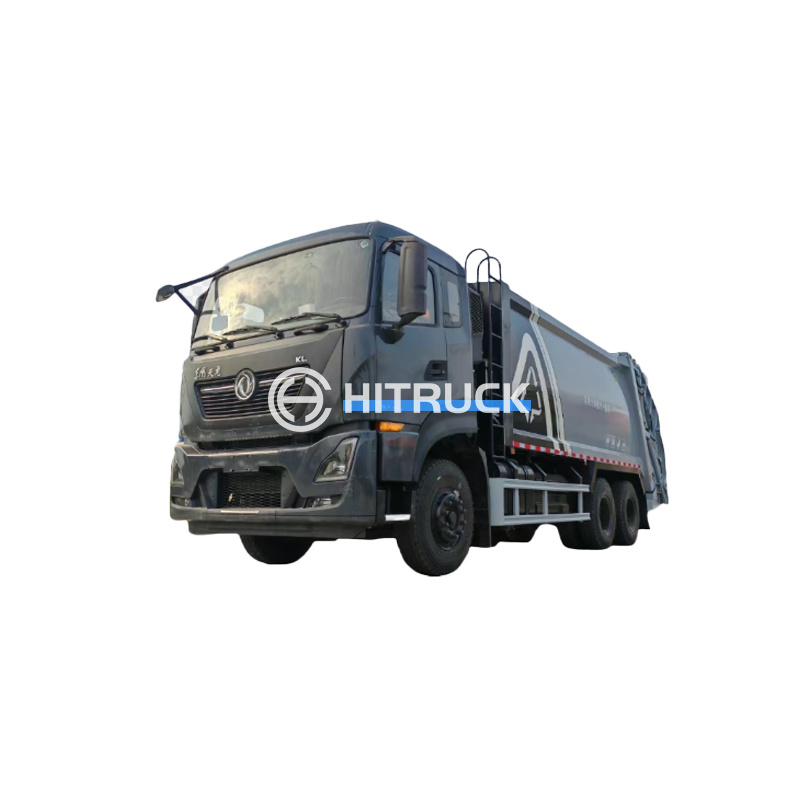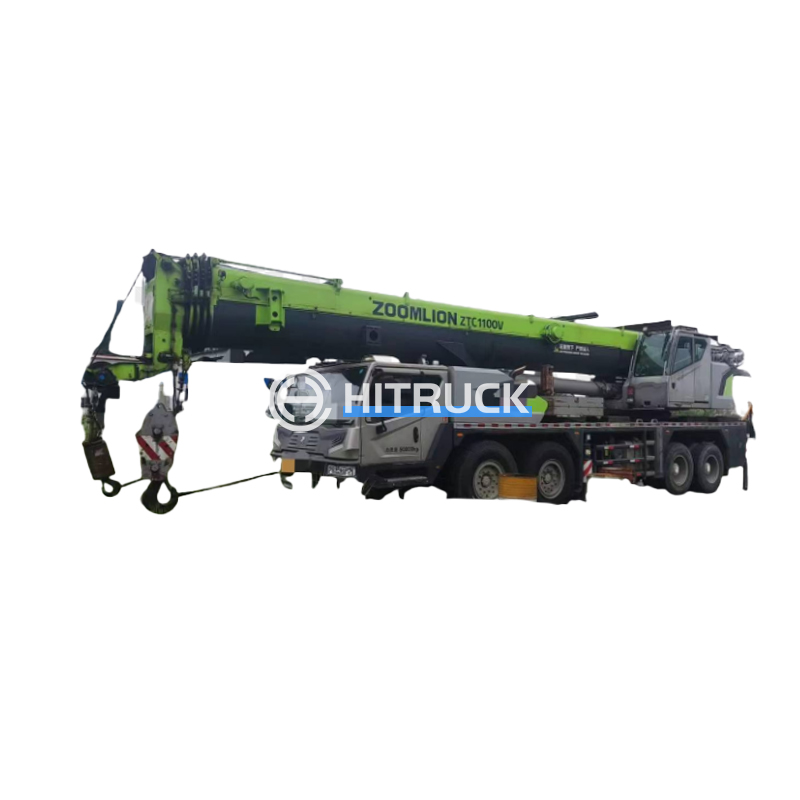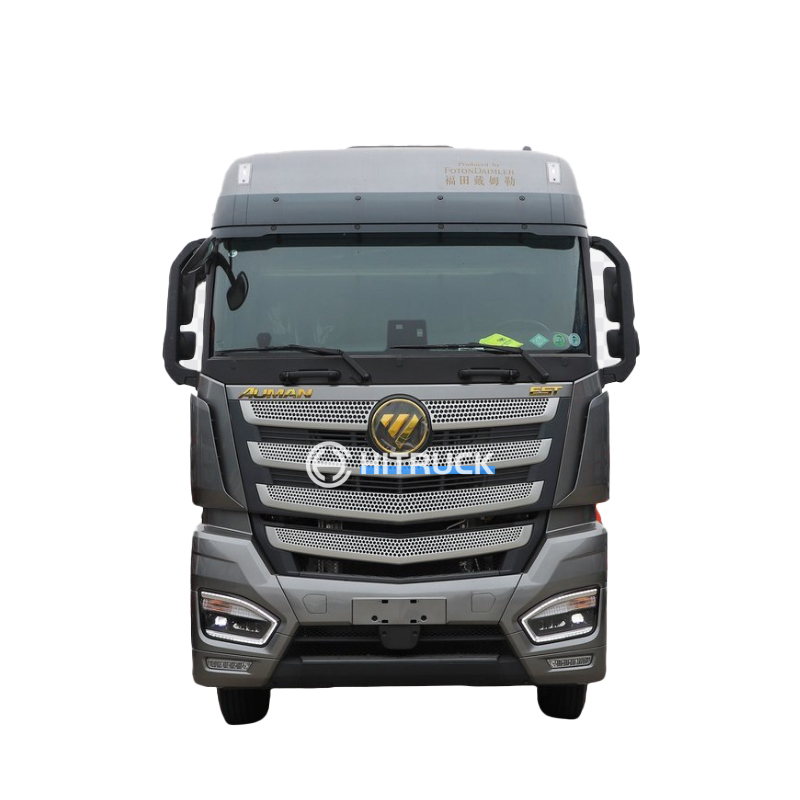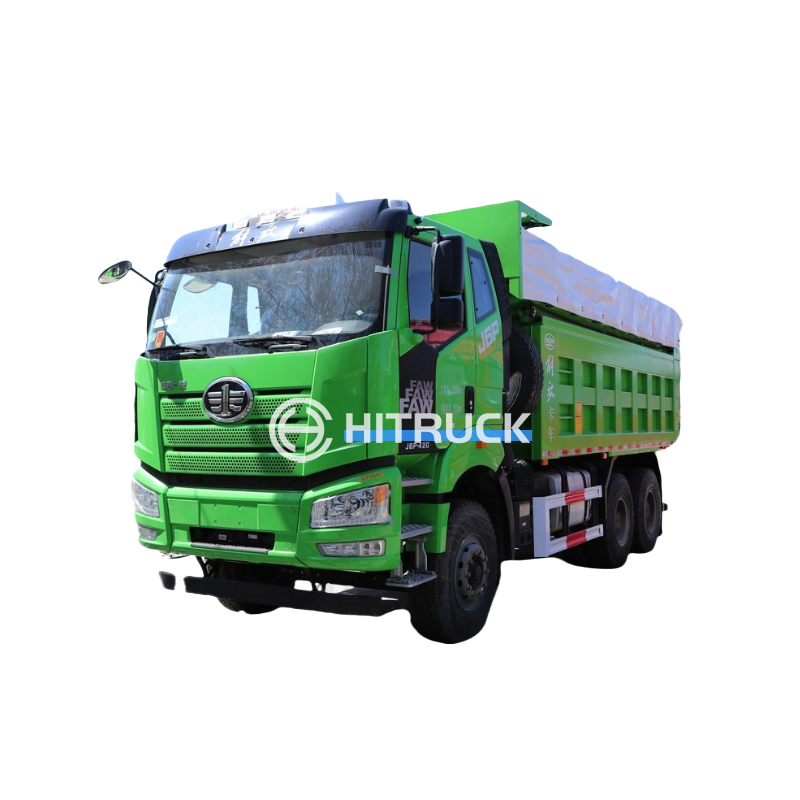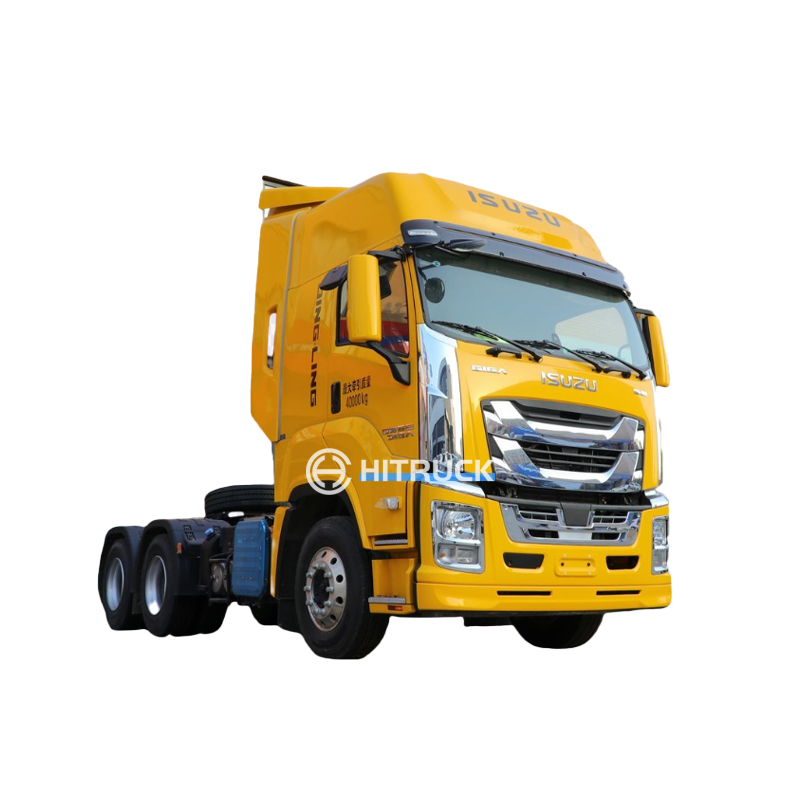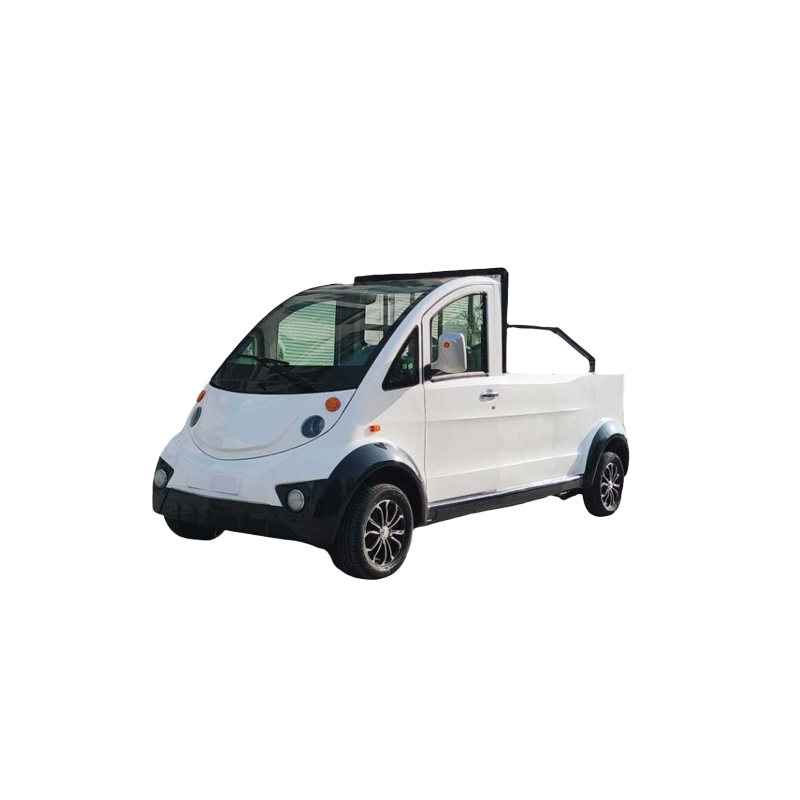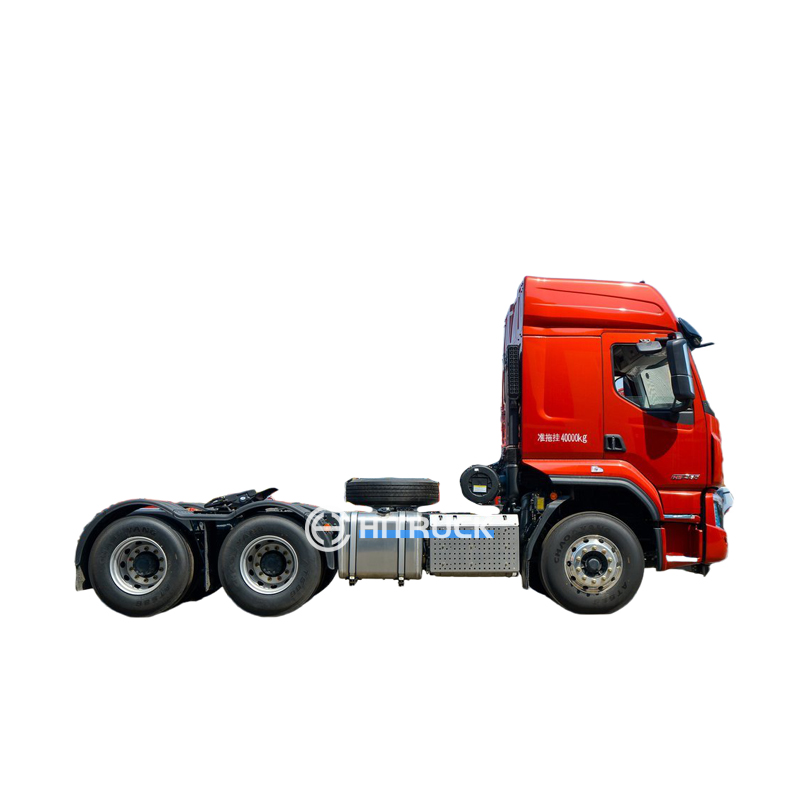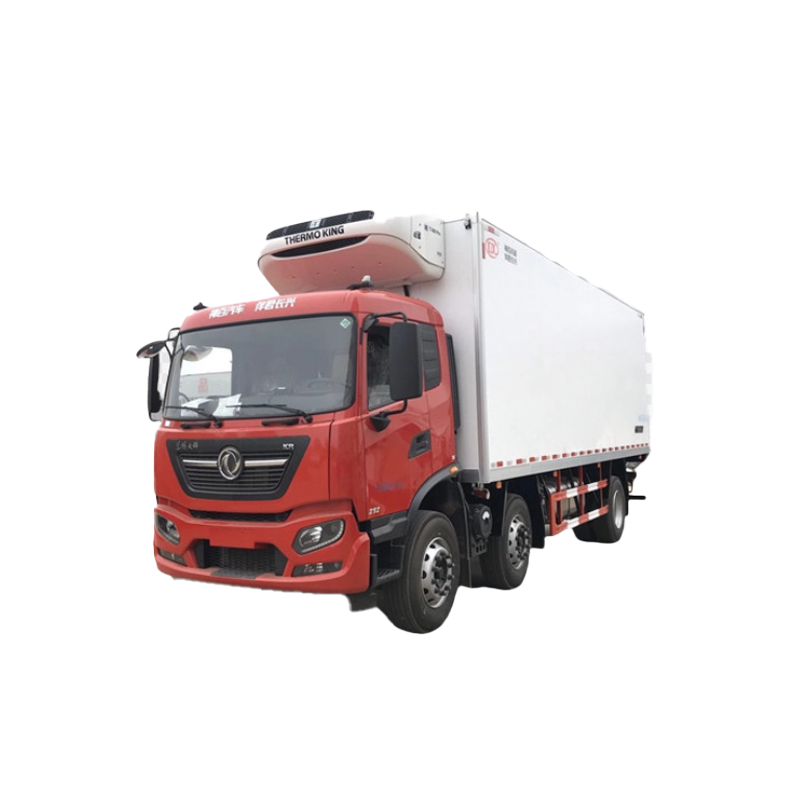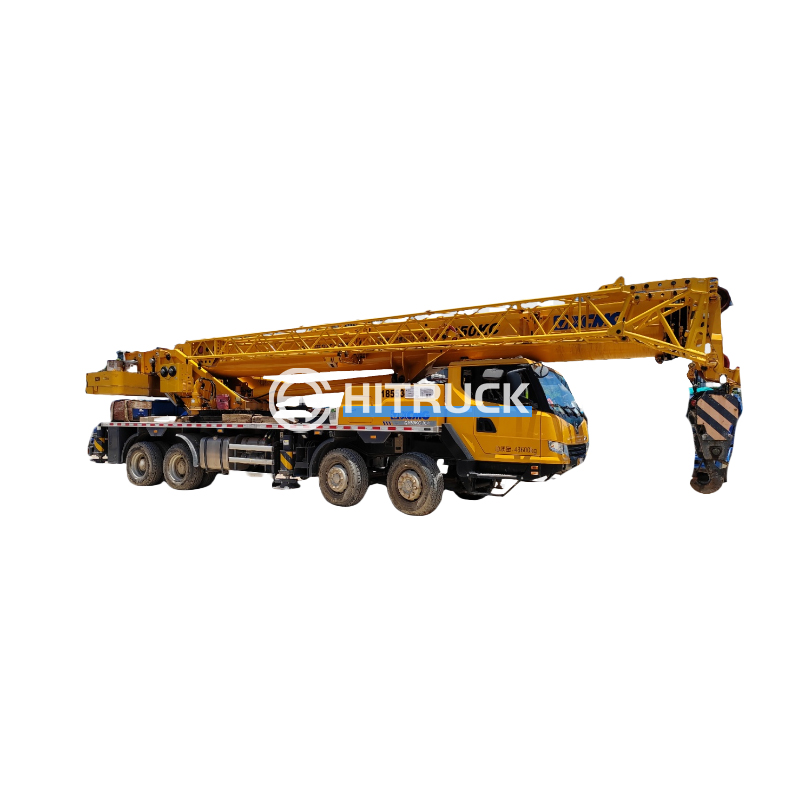Construction Crane: A Comprehensive GuideUnderstanding the Power and Precision of Construction CranesThis guide provides a comprehensive overview of construction cranes, covering their types, operation, safety, and applications in modern construction projects. We delve into the intricacies of these vital pieces of equipment, exploring their various components, technological advancements, and the crucial role they play in shaping our built environment. Learn about choosing the right construction crane for your needs, ensuring safe operation, and understanding the future of construction crane technology.
Types of Construction Cranes
Tower Cranes
Tower cranes are a common sight on large construction sites. These tall, imposing structures are typically used for lifting heavy materials to great heights. Their stability and lifting capacity make them ideal for high-rise buildings and complex projects. They come in various configurations, including luffing jib, hammerhead, and climbing cranes, each suited for specific applications. Choosing the right type depends on factors such as the project's height, reach, and the weight of materials being lifted.
Mobile Cranes
Mobile cranes offer flexibility and maneuverability, making them well-suited for various tasks. These cranes can be easily moved from one location to another, making them ideal for smaller projects or those requiring quick relocation. Common types include rough-terrain cranes, all-terrain cranes, and crawler cranes. Each type is designed to handle different terrain conditions and lifting capacities. Consider the type of terrain, load capacity, and required reach when selecting a mobile crane.
Other Types of Construction Cranes
Besides tower and mobile cranes, several other types exist, each designed for specific purposes. These include: Overhead Cranes: Found in factories and workshops, these cranes move horizontally along a track system. Gantry Cranes: Similar to overhead cranes, but their structure sits on the ground. Floating Cranes: Used for offshore construction and projects near water bodies.
Construction Crane Components and Operation
A
construction crane consists of several key components working in unison: Base/Chassis: Provides stability and support for the entire crane structure. Boom: The long arm that extends outward to lift and position loads. Hoist Mechanism: The system responsible for lifting and lowering materials. Counterweights: Balances the weight of the boom and load. Control System: Allows for precise control of crane movement and operation.Safe operation of a
construction crane requires rigorous training and adherence to safety protocols. Operators must be certified and thoroughly understand the crane's capabilities and limitations. Regular inspections and maintenance are also crucial for preventing accidents. Proper rigging and load handling techniques are paramount to prevent accidents and ensure the safety of workers.
Safety Regulations and Considerations
Safety is paramount in the operation of
construction cranes. Strict regulations govern their use, covering aspects such as operator training, equipment inspection, and site safety. Adherence to these regulations is crucial to minimize risks and prevent accidents. Regular inspections, maintenance, and adherence to operational guidelines are essential. For comprehensive safety information, refer to OSHA guidelines and relevant local regulations.
Selecting the Right Construction Crane for Your Project
Choosing the right
construction crane involves careful consideration of various factors: Lifting Capacity: The maximum weight the crane can lift. Reach: The maximum horizontal distance the crane can reach. Height: The maximum height the crane can lift materials to. Terrain: The type of ground the crane will operate on. Project Specifics: The nature of the construction project.Consult with experienced crane professionals to determine the most suitable
construction crane for your project needs. Proper planning and selection will contribute to increased efficiency and minimize risks.
The Future of Construction Cranes
Technological advancements are continuously shaping the future of
construction cranes. The integration of advanced control systems, automation, and smart technology promises to enhance safety, efficiency, and precision. We are seeing the increasing use of remote-controlled cranes, self-erecting cranes, and cranes equipped with advanced safety features. Innovation in
construction crane design and technology will continue to redefine construction methods and capabilities.
| Crane Type | Lifting Capacity (typical) | Reach (typical) |
| Tower Crane | Varies greatly depending on model | Varies greatly depending on model |
| Mobile Crane | Varies greatly depending on model | Varies greatly depending on model |
For more information on heavy-duty vehicles and related equipment, visit Suizhou Haicang Automobile sales Co., LTD.
Note: Typical lifting capacities and reach vary significantly based on crane model and specifications. Always consult the manufacturer's specifications for accurate data.


